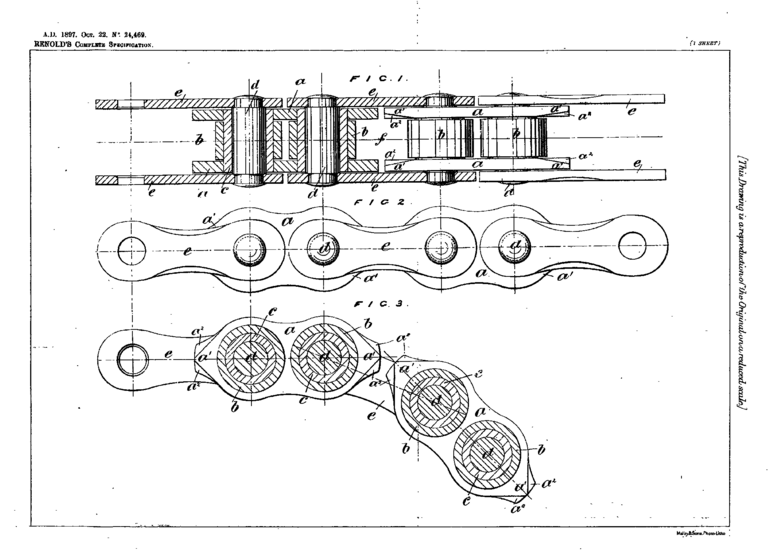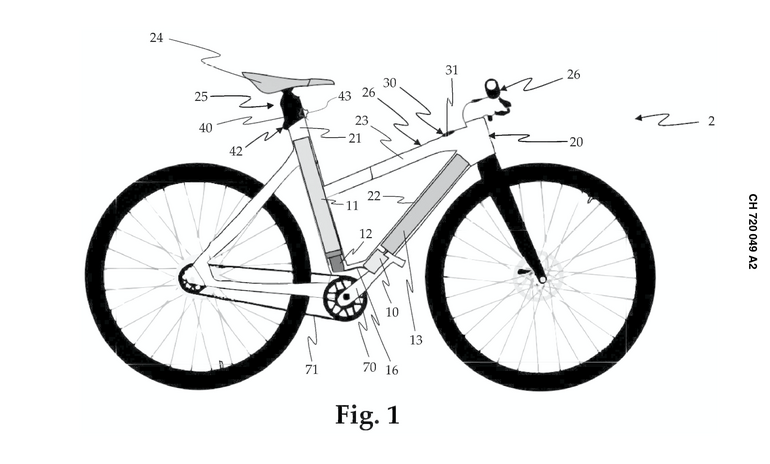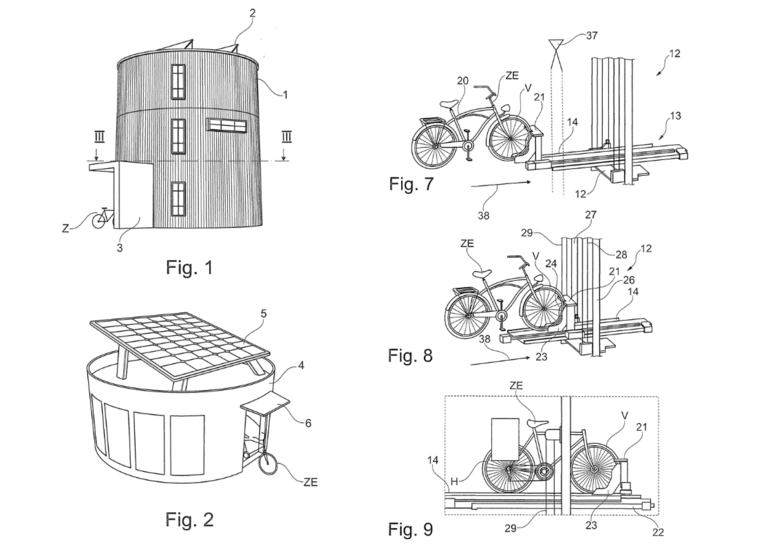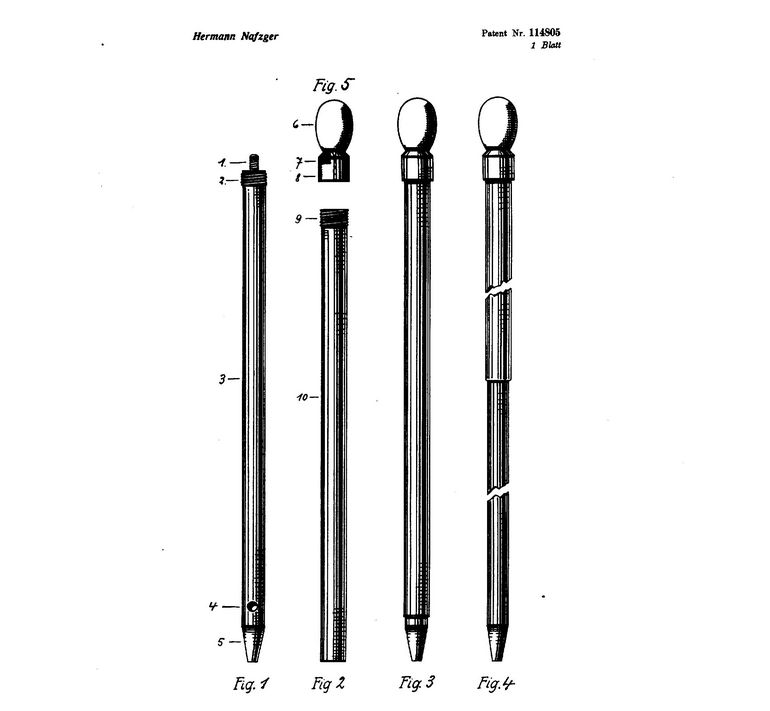In 1817, Karl von Drais invented the first bicycle, which was known as a ‘dandy horse’. His two-wheeled wooden vehicle didn’t have tyres, handlebars or a frame. Nor were there any pedals or a chain. Since then, numerous inventors have tinkered with bicycle innovations of all sizes. In Switzerland too.
All the above-mentioned inventors applied for patent protection for the technical solutions shown here, thus obtaining an exclusive right of use for a maximum term of 20 years. During the term of protection, inventors decide what can be done with their patent. They can use it themselves, sell it or grant third parties user rights in exchange for a licensing fee. Additionally, patent protection has an interesting side effect. All patent specifications are available to the public. In these documents, inventors describe how their technical solutions work, in return for exclusive protection. Thanks to this disclosure, we were also able to trace the historical documents for this article. So patents offer an insight into the technology of yesterday, today and tomorrow.









